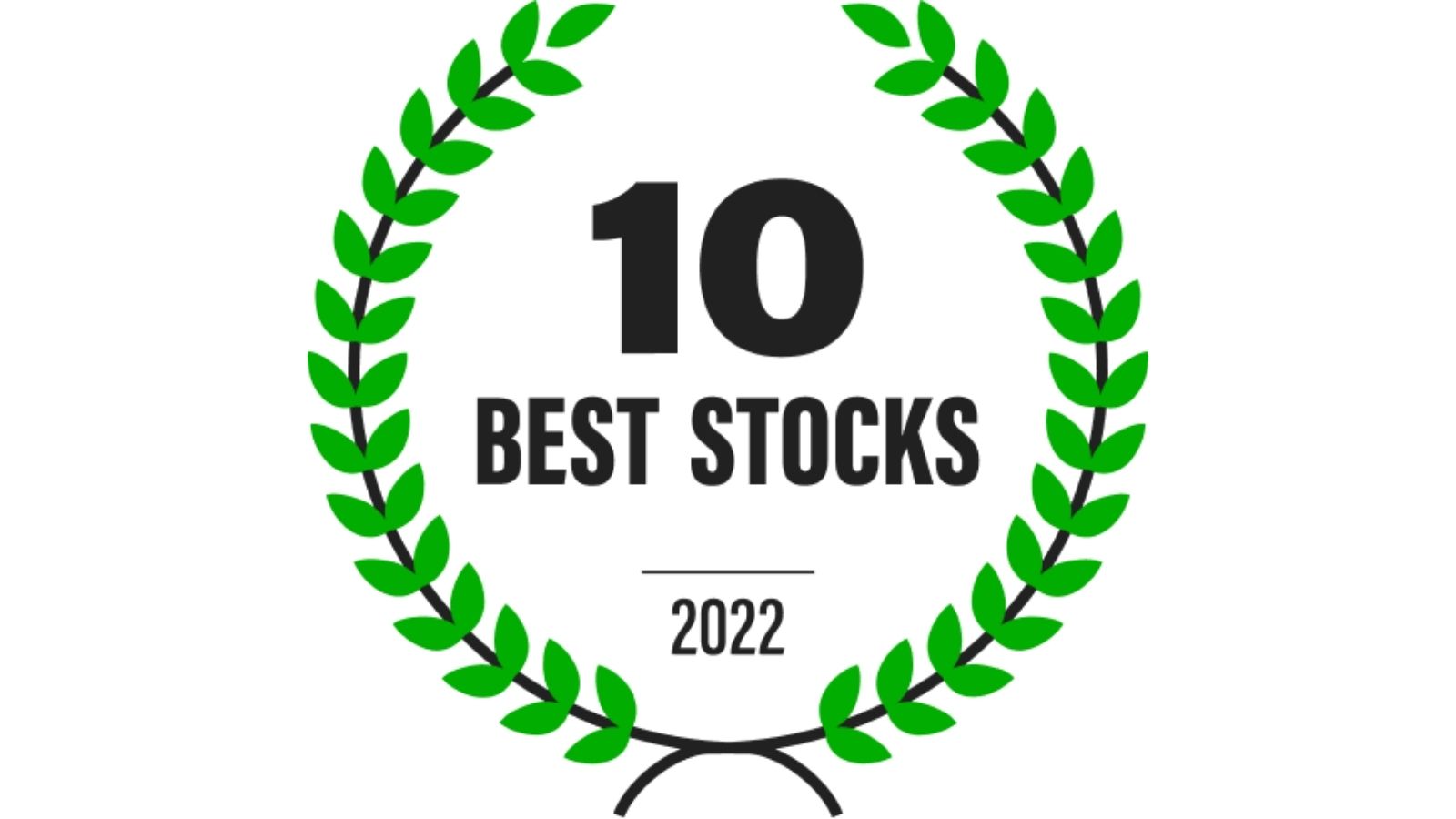Editor’s note: This column is part of InvestorPlace.com’s Best Stocks for 2022 contest. Bob Ciura’s pick for the contest is AbbVie (NYSE:ABBV) stock.
The stock market recently entered bear market territory. Although the S&P 500 index has regained some ground lately, there is a possibility of further declines. Inflation continues to roar, and in response the Federal Reserve is aggressively raising interest rates.
In addition, the ongoing war between Russia and Ukraine has caused oil prices to spike. Putting it all together, and the U.S. economy could be on the verge of recession.
When stock prices decline, investors can buffer their portfolios by holding high-quality dividend stocks. This is why I continue to recommend investors consider pharmaceutical giant AbbVie (NYSE:ABBV). AbbVie continues to generate strong growth even in a difficult economic backdrop due to its high-quality product portfolio.
AbbVie stock also has a high dividend yield, with regular dividend increases — AbbVie is one of just 65 Dividend Aristocrats, and one of just 44 Dividend Kings.
ABBV Stock First Quarter Earnings
In the first quarter of 2022, AbbVie generated revenue of $13.5 billion, representing 4% year-over-year growth. Adjusted diluted earnings-per-share of $3.16 increased 9.3%. AbbVie’s earnings-per-share beat the consensus analyst estimate by 2 cents.
AbbVie’s growth is led by newer products such as Skyrizi and Rinvoq, which generated first-quarter operational revenue growth of 65.6% and 57.3%, respectively. Revenue from the immunology portfolio was $6.141 billion, an increase of 8% year-over-year.
AbbVie also has an emerging aesthetics portfolio, which it obtained from the massive $63 billion acquisition of Allergan. AbbVie’s global aesthetics portfolio generated revenue growth of 22.5% for the first quarter, and global Botox cosmetic revenue increased 36.6%.
The company lowered guidance for the full year, now expecting to earn $13.92 – $14.12 on a per-share basis for 2022. Still, this would represent strong profitability and growth for the full year, while leaving plenty of room for continued dividend increases. At the midpoint of guidance, AbbVie’s earnings-per-share would increase 10% from 2021.
The Future of ABBV Stock
ABBV stock does have one lingering area of concern, which is the impending expiration of patent protection for its flagship drug Humira. This was once the best-selling drug in the world, but Humira lost patent exclusivity in Europe and is set to lose exclusivity in the U.S. in 2023. As a result, generic competition will surely cause Humira sales to decline.
Indeed, AbbVie expects its annual revenue to decline next year as a result. However, the company expects to return to growth in 2024 and beyond, due to a mix of organic investments in R&D as well as growth through acquisitions. For example, AbbVie expects combined annual revenue of Skyrizi and Rinvoq to surpass $15 billion by 2025.
ABBV stock has a secure dividend payout. Its expected payout ratio for 2022 is just 40%. The company has increased its dividend for 50 consecutive years, going back to its days as a subsidiary of Abbott Laboratories (NYSE:ABT).
AbbVie is a high-growth dividend stock. The company increased its dividend by 8.5% this year. Looking back further, the company has increased its dividend by over 250% since the 2013 spin-off from Abbott. AbbVie shares currently yield 3.7%, which is more than double the average dividend yield of the S&P 500.
I expect AbbVie to grow earnings per share by 2.5% per year over the next five years. This growth should be sustained even if a recession occurs. The U.S. healthcare industry, and especially the drug industry, is not very cyclical. People require healthcare treatment whether the economy is strong or not, so it is highly likely that AbbVie will continue to perform well during recessions. Therefore, AbbVie is a recession-resistant dividend growth stock.
On the date of publication, Bob Ciura was LONG ABBV stock. He did not have (either directly or indirectly) any positions in the other securities mentioned in this article. The opinions expressed in this article are those of the writer, subject to the InvestorPlace.com Publishing Guidelines.
